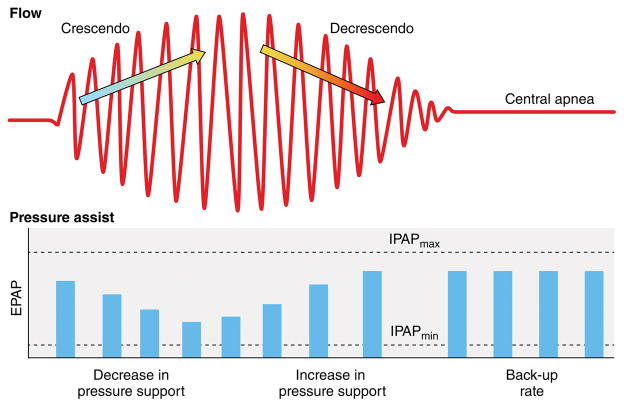Figure 2. Adaptive servo ventilation (ASV).
The air flow tracing depicts a classical crescendo and decrescendo pattern of Cheyne-Stokes Respiration, followed by an ensuing central apnea. The servo-controlled automatic adjustment of the inspiratory positive airway pressure (IPAP) level is inversely related to the changes in peak flow over a moving time window. Specifically, during the crescendo pattern of peak flow rates the IPAP level decreases in order to dampen the rise in inspiratory peak flow rate. Conversely, during the decrescendo pattern of peak flow rates the IPAP level increases in order to dampen the fall in inspiratory peak flow rate. Therefore, the servo system dampens the inherent oscillatory behavior of the patient’s breathing pattern and smooths respiration. During a central apnea, however, the device backup rate kicks in and ventilates the patient. Modified with permission from: Antonescu-Turcu A, Parthasarathy S. CPAP and bi-level PAP therapy: new and established roles. Respir Care. 2010;55:1216–1229.

